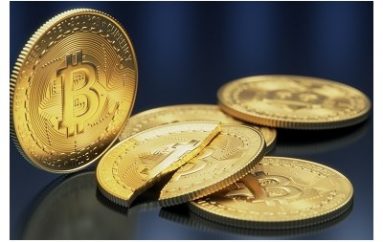
POS Malware Delivers Credit Card Theft at Hundreds of Restaurants
New research revealed that as many as 500 restaurants in the U.S. may have been punked by PunkeyPOS, a point-of-sale (POS) malware. PunkeyPOS has been around for a while, at least according to Trustwave’s alert from 2015. It did its nefarious deeds for a bit and then died out — or so security professionals thought.
Apparently, the current POS market is too lucrative for the threat to pass up — after all, POS malware has long been a tempting target for cybercriminals, and it seems this particular threat decided to re-enter the game by targeting Cicis Pizza franchises around the U.S.
Dining on Data
PandaLabs reported that this POS malware is what made Cicis Pizza bleed credit card information. Researchers broke down the walls that were surrounding the command-and-control (C&C) servers for PunkeyPOS, gained entrance and watched the malware do its thing. They also located 200 terminals with PunkeyPOS activity, mostly within the U.S.
According to research, the malware performs a series of checks to determine valid information for its purposes and does not concern itself with anything other than credit card data. That information is then encrypted using AES and sent to the C&C server.
SecurityWeek noted that the malware “can grab information including account numbers, magnetic strip contents (tracks) from bank cards and more” just through the use of a keylogger and RAM scraper on infected machines.
How the POS Malware Was Engineered
The POS malware was social-engineered onto the machines with the unwitting cooperation of store employees.
A representative from Cicis’ main POS service provider, Datapoint POS, told Krebs on Security that the attacks were traced back to social engineering endeavors where vendors allowed unauthorized techs in to “conduct support” on POS terminals. He added that the restaurants are compliant with PCI regulations and had no other issues with security tools.
The organization had its network controls in place, but these controls were bypassed by lax routine IT operations. To prevent this type of attack, each and every IT change needs to be individually authorized by the company. Some two-factor authentication — or any other type of validation or security partnership — would have helped this organization avoid being Punkey’d.
Source | SecurityIntelligence





